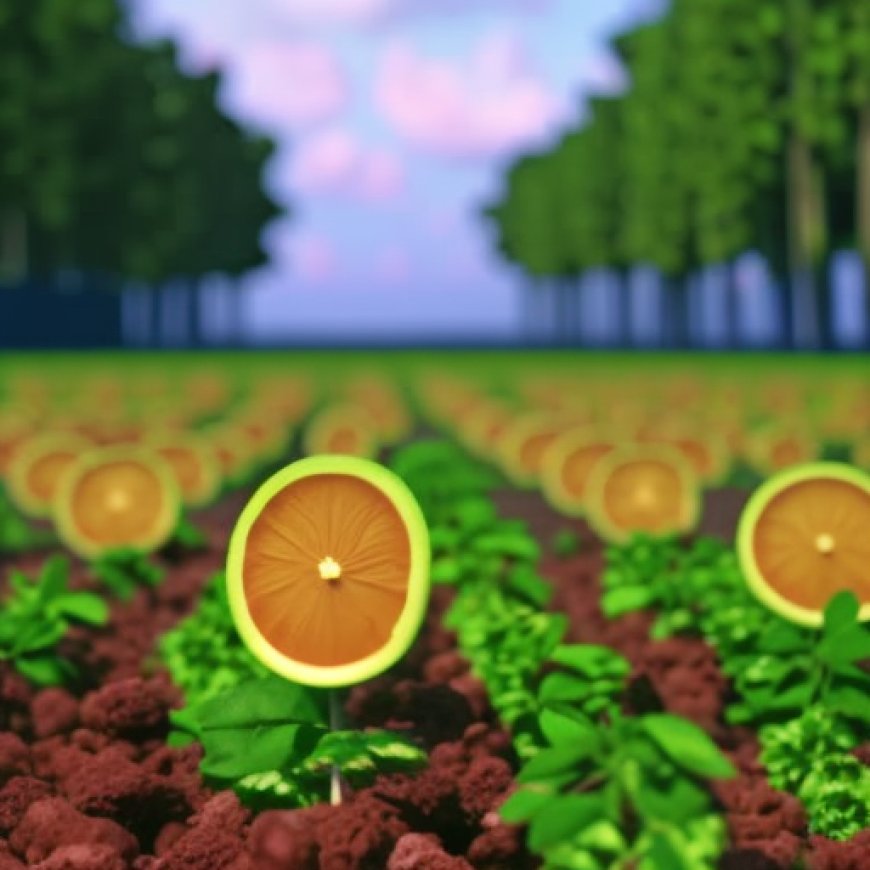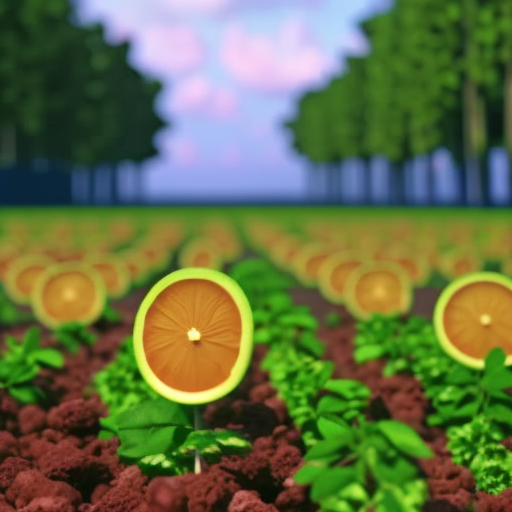EU continues suspension of import duties and quotas on Ukrainian agricultural products
EU continues suspension of import duties and quotas on Ukrainian agricultural products trans.info/en


The European Parliament Extends Trade Support Measures for Ukraine

The European Parliament has voted to extend trade support measures for Ukraine while introducing safeguards to protect European Union farmers.
Background
- By a margin of 428 votes to 131, with 44 abstentions, MEPs approved the suspension of import duties and quotas on Ukrainian agricultural products for another year, until June 5th, 2025.
- This move aims to bolster Ukraine’s economy in the face of Russia’s ongoing war.
Safeguard Mechanisms
- The new regulation empowers the European Commission to take swift action if Ukrainian imports significantly disrupt the EU market or individual member states.
- This could include measures like quotas or even re-imposing tariffs on specific goods, such as wheat.
- Additionally, MEPs strengthened safeguard mechanisms for sensitive agricultural products like poultry, eggs, sugar, oats, groats, maize, and honey.
- If imports of these products exceed the average volume recorded between the second half of 2021 and the end of 2023, tariffs can be reintroduced.
Commitment to Trade Liberalisation
- The agreement includes a commitment from the Commission to initiate talks with Ukraine on permanent trade liberalisation shortly, with close involvement from the European Parliament.
“Extending trade support measures underscores the EU’s unwavering solidarity with Ukraine in the face of Russian aggression. This vote will simultaneously strengthen Ukraine’s economic resilience and safeguard the interests of European farmers. We stand by our promises – we will support Ukraine until its victory and eventual accession to the EU and NATO,” said Sandra Kalniete, the rapporteur for the legislation.
Next Steps
- The regulation now requires formal approval by the Council of the European Union.
- The current trade measures expire on June 5th, 2024, and the new regulation is expected to come into effect immediately after that date.
SDGs, Targets, and Indicators
| SDGs | Targets | Indicators |
|---|---|---|
| SDG 8: Decent Work and Economic Growth | Target 8.1: Sustain per capita economic growth in accordance with national circumstances and, in particular, at least 7 percent gross domestic product growth per annum in the least developed countries | Indicator not mentioned in the article |
| SDG 16: Peace, Justice, and Strong Institutions | Target 16.1: Significantly reduce all forms of violence and related death rates everywhere | Indicator not mentioned in the article |
| SDG 17: Partnerships for the Goals | Target 17.14: Enhance policy coherence for sustainable development | Indicator not mentioned in the article |
| SDG 2: Zero Hunger | Target 2.3: By 2030, double the agricultural productivity and incomes of small-scale food producers, in particular women, indigenous peoples, family farmers, pastoralists, and fishers, including through secure and equal access to land, other productive resources and inputs, knowledge, financial services, markets, and opportunities for value addition and non-farm employment | Indicator not mentioned in the article |
| SDG 12: Responsible Consumption and Production | Target 12.2: By 2030, achieve the sustainable management and efficient use of natural resources | Indicator not mentioned in the article |
Behold! This splendid article springs forth from the wellspring of knowledge, shaped by a wondrous proprietary AI technology that delved into a vast ocean of data, illuminating the path towards the Sustainable Development Goals. Remember that all rights are reserved by SDG Investors LLC, empowering us to champion progress together.
Source: trans.info

Join us, as fellow seekers of change, on a transformative journey at https://sdgtalks.ai/welcome, where you can become a member and actively contribute to shaping a brighter future.







